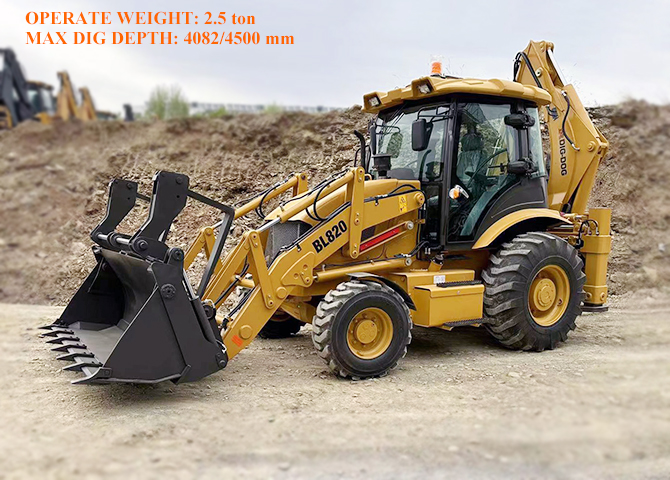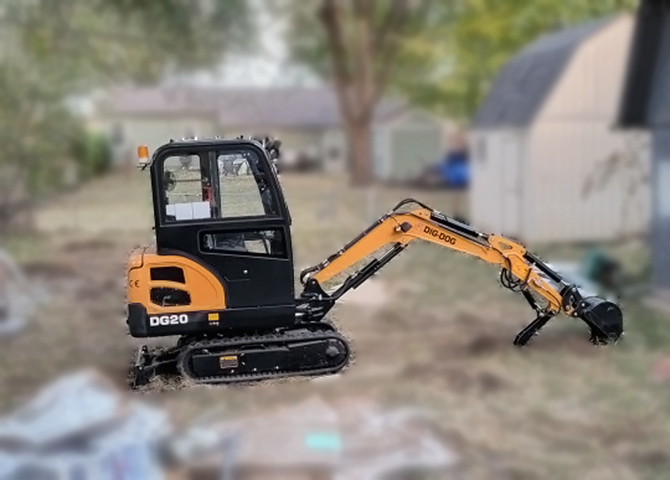Construction site. Asphalt and batching plant. The mill. Port. Quarry. Sand pits and gravel pits. Steel mills. Dump. Is there a place where you can't find a wheel loader at work? Today's loaders are so versatile and efficient that they have become an integral part of most construction sites. But they also come in many sizes and configurations, so choosing one for your application can be tricky. To get it right, ask yourself these five questions first.
1. What size and power are needed?
Always consider the physical layout and ground conditions of your site, and choose a wheel loader that can maneuver within these parameters. Then, be sure to define your payload or production goals and the material density range to move so that you can choose the right bucket and loader combination to achieve your goals. This may seem counterintuitive, but it is common to determine the size of your bucket first, and then choose the machine that can hold it.
2. Does the loader interact with other equipment such as trucks or hoppers?
If so, consider loading height and width requirements, pass matching and cycle time when selecting wheel loaders. Also, consider whether your loader will maintain a consistent and significant loading and handling distance rather than working strictly in stock.
3. How many different tasks does the loader perform?
If you intend to use the loader for a variety of jobs around the site or for different types of sites, check the number of attachments available. For maximum versatility, consider using a machine with one of these quick connectors for simple, quick replacements. On the other hand, if you are adding wheel loaders to your fleet for a specific purpose, ask your equipment dealer for a special configuration built for a specific application. For example, wheel loaders can be obtained from factories in aggregate, block processors, forestry, scrap, steel mills and waste treatment.
4. Who operates and maintains the loader?
How much experience do your operators have? How much time and expertise do you have available for maintenance? The answers to these questions will help you determine the importance of factors such as cab comfort, ease of maintenance, operator assistance features and technical options when choosing a wheel loader.
5. What challenges can technology help overcome?
Speaking of technology, options such as mobile weighing, automation and productivity tracking have significantly improved wheel loaders' payload capacity, efficiency and safety in recent years. If you are having trouble finding an experienced operator - or experiencing misloading, overloading, underloading, or near-misses - you will need to consider a loader with technology options that can help you overcome these challenges.
Information is your most powerful selection tool, so take a few minutes to answer these five questions before you go online or head to the dealership to start kicking wheel loader tires. Doing so will help you narrow your search, save time, and ensure that the wheel loader you choose is the most efficient and profitable for your work.
 How To Choose The Right Compact Wheel Loader
How To Choose The Right Compact Wheel Loader
 How Much Does a Forklift Weigh?
How Much Does a Forklift Weigh?
 How Much Does a Backhoe Weigh
How Much Does a Backhoe Weigh
 How Much Does a Mini Excavator Weigh
How Much Does a Mini Excavator Weigh